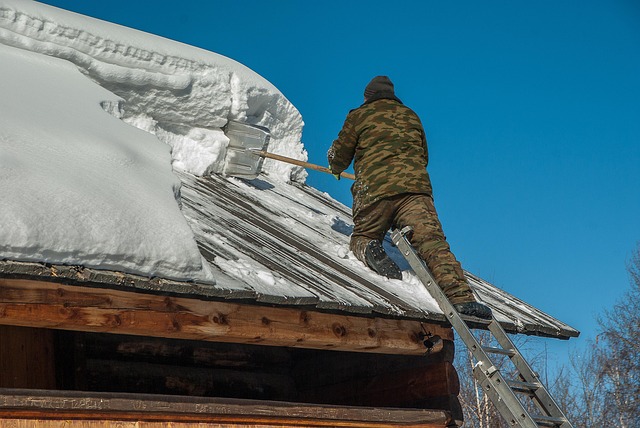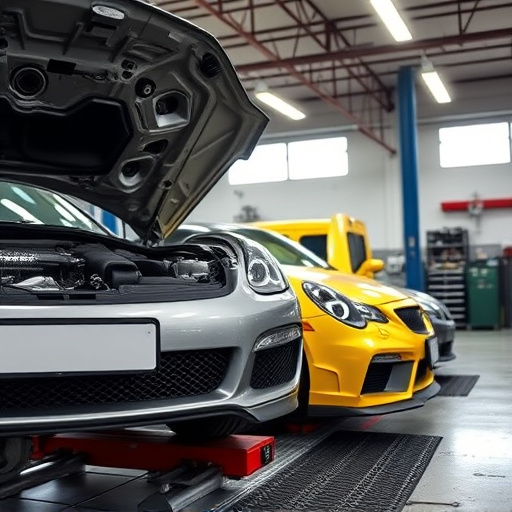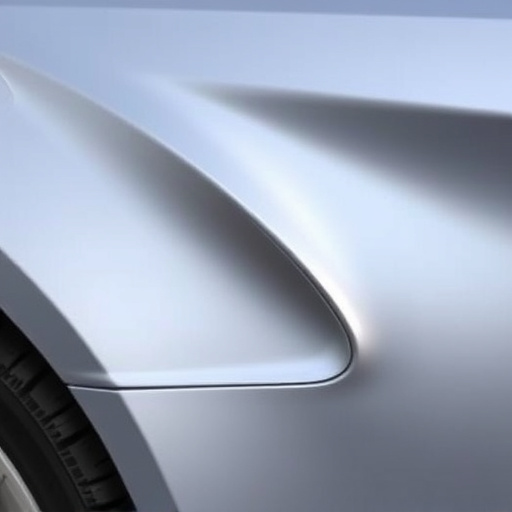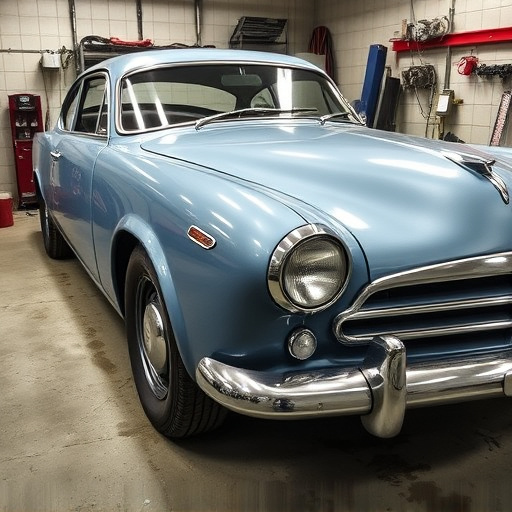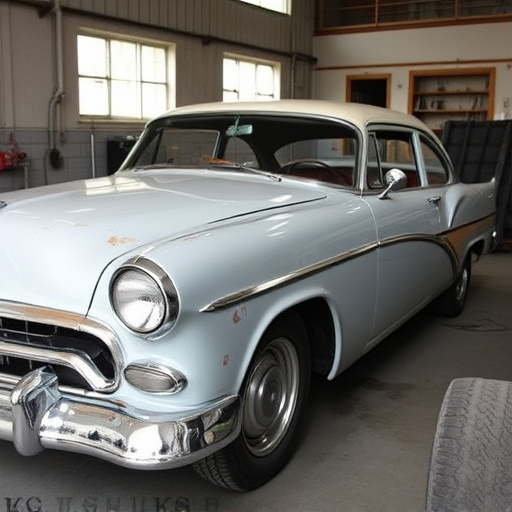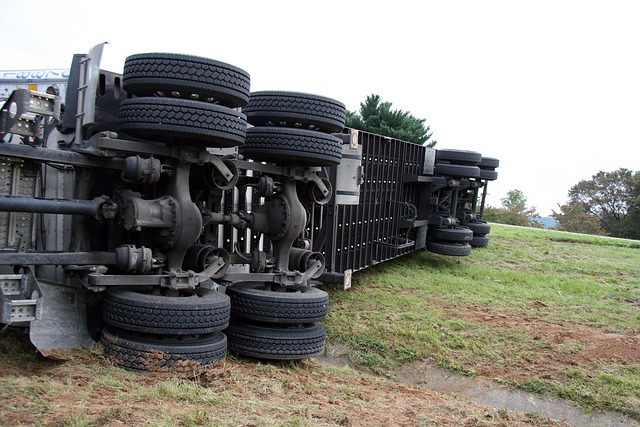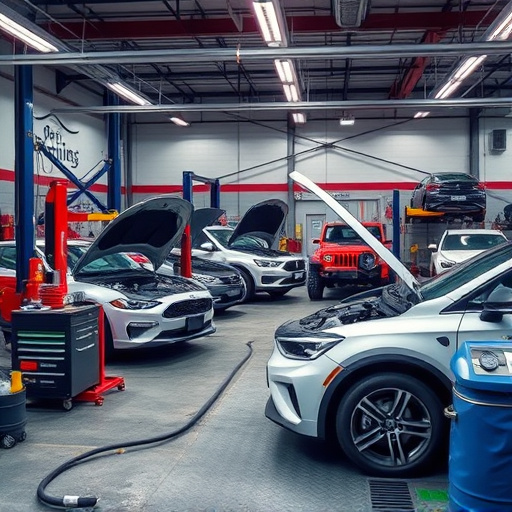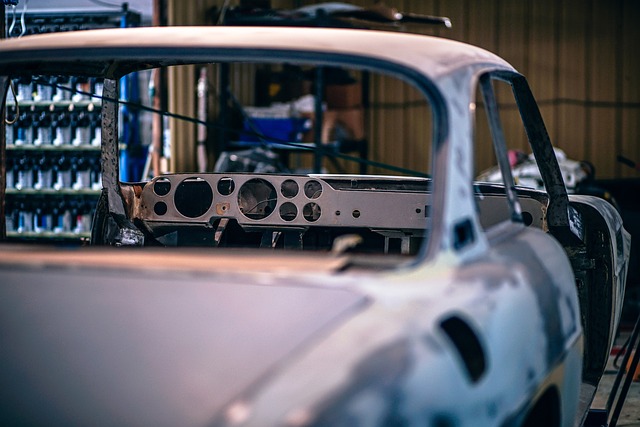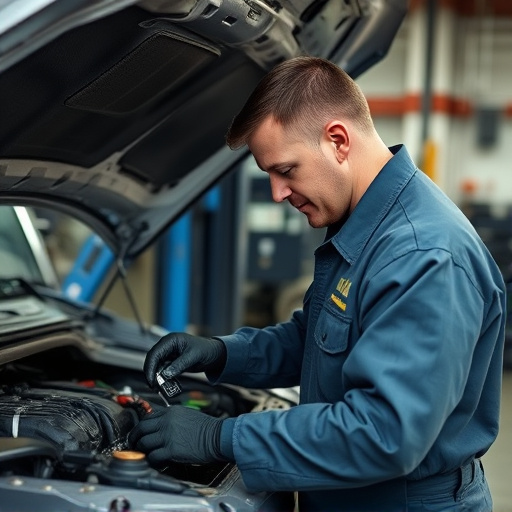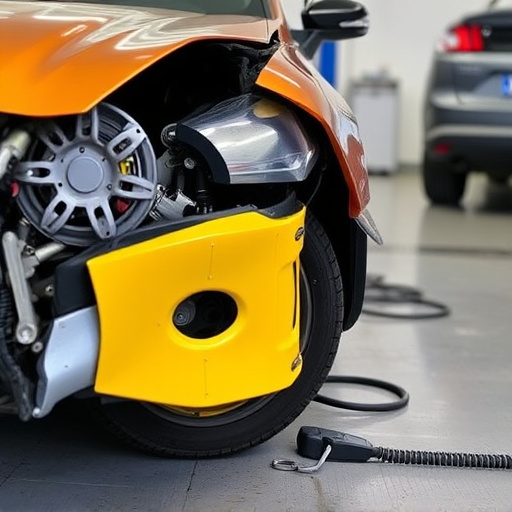Extreme weather and seasonal changes can damage vehicle frames, affecting safety and performance. A frame alignment service is crucial for restoration, preventing further damage, and enhancing handling stability. Regular inspections and preventative measures are essential in regions with unpredictable climates to preserve structural integrity and reduce accident risks.
Climate plays a significant role in shaping the needs of frame alignment services. Extreme weather events, from storms to floods, can cause structural damage, making accurate alignments crucial for safety and performance. Seasonal changes also impact vehicle frames, with temperature fluctuations affecting metal flexibility. Over time, long-term climate exposure may lead to subtle yet critical deformations. Understanding these effects is vital for mechanics to provide efficient frame alignment services, ensuring vehicles remain in top condition despite environmental challenges.
- Extreme Weather Events and Frame Alignment
- Seasonal Changes Impacting Alignment Services
- Long-Term Climate Effects on Vehicle Frames
Extreme Weather Events and Frame Alignment

Extreme weather events, such as powerful storms, heavy rainfall, and intense sunlight, can significantly impact a vehicle’s structural integrity and overall alignment. When these natural occurrences hit, they may cause visible damage, including bent frames, misaligned wheels, or even severe car dents. Regular frame alignment services become indispensable in such scenarios, ensuring that vehicles return to their original factory settings post-disaster.
A reliable frame alignment service not only rectifies the physical deviations caused by extreme weather but also plays a crucial role in safety and performance. Proper alignment ensures optimal tire wear, improves handling and stability, and can prevent further damage to the vehicle’s suspension system. Moreover, for vehicles that have undergone repairs like car dent removal or vehicle collision repair, frame alignment is essential to restore them to their pre-incident condition, enhancing their longevity and resale value, much like a car restoration project.
Seasonal Changes Impacting Alignment Services

Seasonal changes play a significant role in dictating the frequency and type of frame alignment service needs for vehicles. In regions with distinct seasons, such as snowy winters and hot summers, the fluctuating weather conditions can take a toll on automotive structures. Extreme temperatures can cause metal to expand or contract, leading to slight misalignments over time. Additionally, ice, snow, and rain during winter months might contribute to fender benders and other car damage repairs, resulting in alignment issues.
Spring and autumn transitions often bring about calmer weather, allowing for more consistent alignment results when conducting frame alignment services. However, sudden storms or unexpected vehicle collisions can still occur, requiring prompt repair solutions. Efficient frame alignment services ensure that vehicles are restored to their optimal shape post-collision repair, preventing further damage and enhancing safety on the road. These services are crucial in addressing car damage repairs effectively, especially after incidents like fender benders, which might seem minor but can impact a vehicle’s overall alignment.
Long-Term Climate Effects on Vehicle Frames

Vehicle frames, the backbone of any automobile, are subject to significant long-term effects from climate conditions. Extreme temperatures, whether scorching heat or freezing cold, can cause metal to expand and contract. This constant movement can lead to stress points within the frame over time, compromising its structural integrity. Additionally, humid environments contribute to corrosion, a silent yet damaging enemy that eats away at the frame’s stability. Regular exposure to these elements without proper maintenance can make a vehicle more susceptible to accidents, as the frame might not align correctly or bear weight evenly. Consequently, the need for a reliable frame alignment service increases in regions with unpredictable or extreme climates.
Car body shops specializing in auto body repair and fleet repair services often encounter these challenges when dealing with vehicles from harsh environments. To mitigate these effects, regular inspections and timely repairs are crucial. Preventative measures such as applying protective coatings against rust and ensuring proper lubricants can extend the lifespan of a vehicle’s frame. Thus, keeping up with climate-related issues is not just beneficial but necessary for maintaining safe driving conditions and preserving the structural integrity of vehicles across different regions.
In light of the above discussions, it’s clear that climate plays a significant role in dictating the needs for frame alignment services. Extreme weather events, seasonal changes, and long-term climatic effects all contribute to vehicle frame damage or misalignment. Staying proactive with regular frame alignment service can help mitigate these issues, ensuring safer driving conditions and prolonging vehicle lifespan, especially in regions prone to varying weather patterns.

